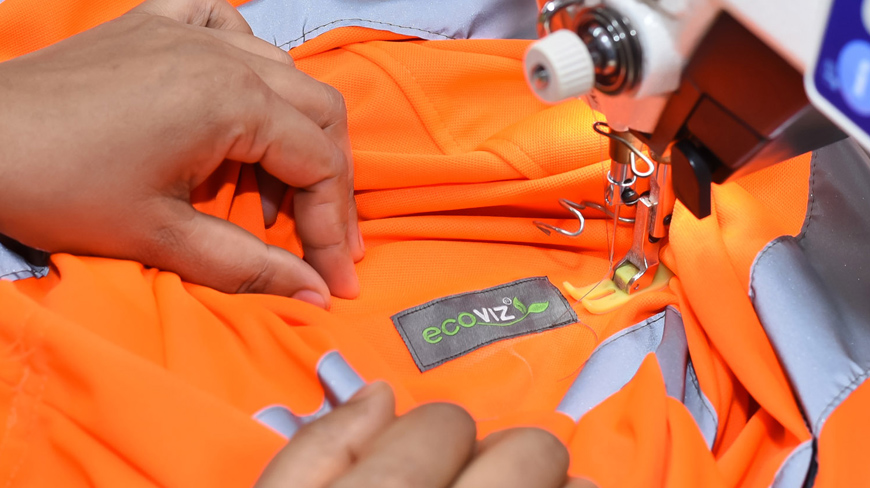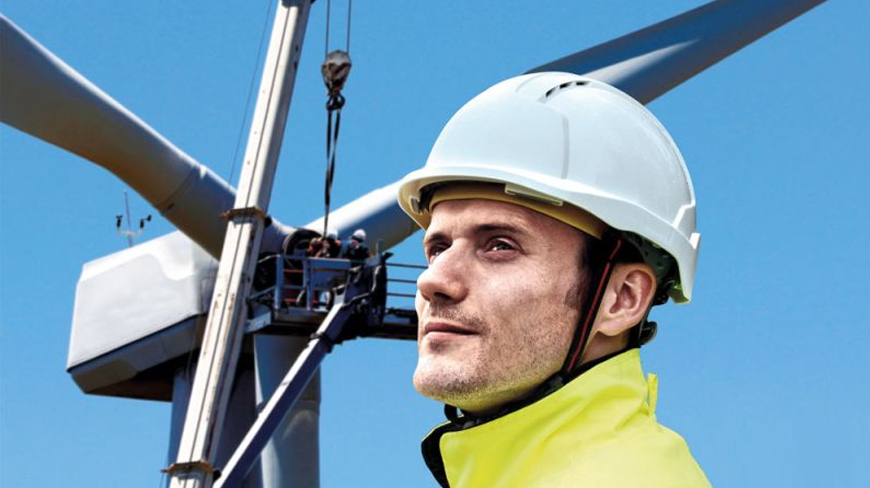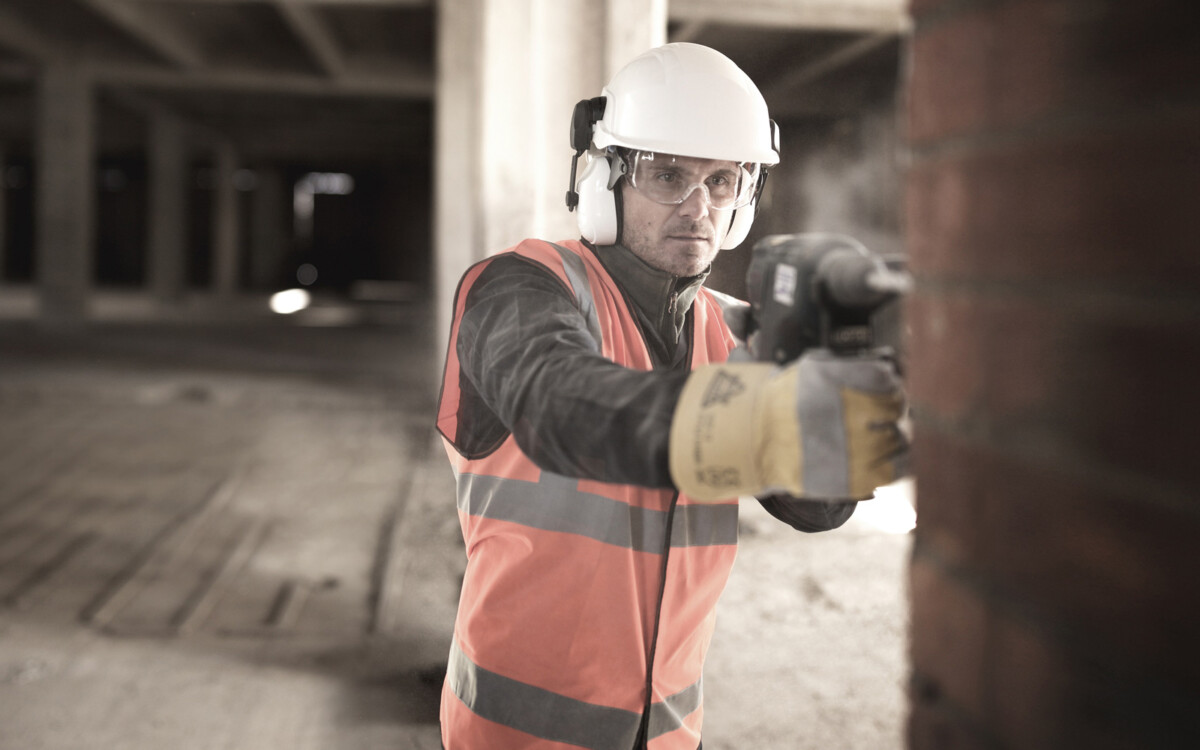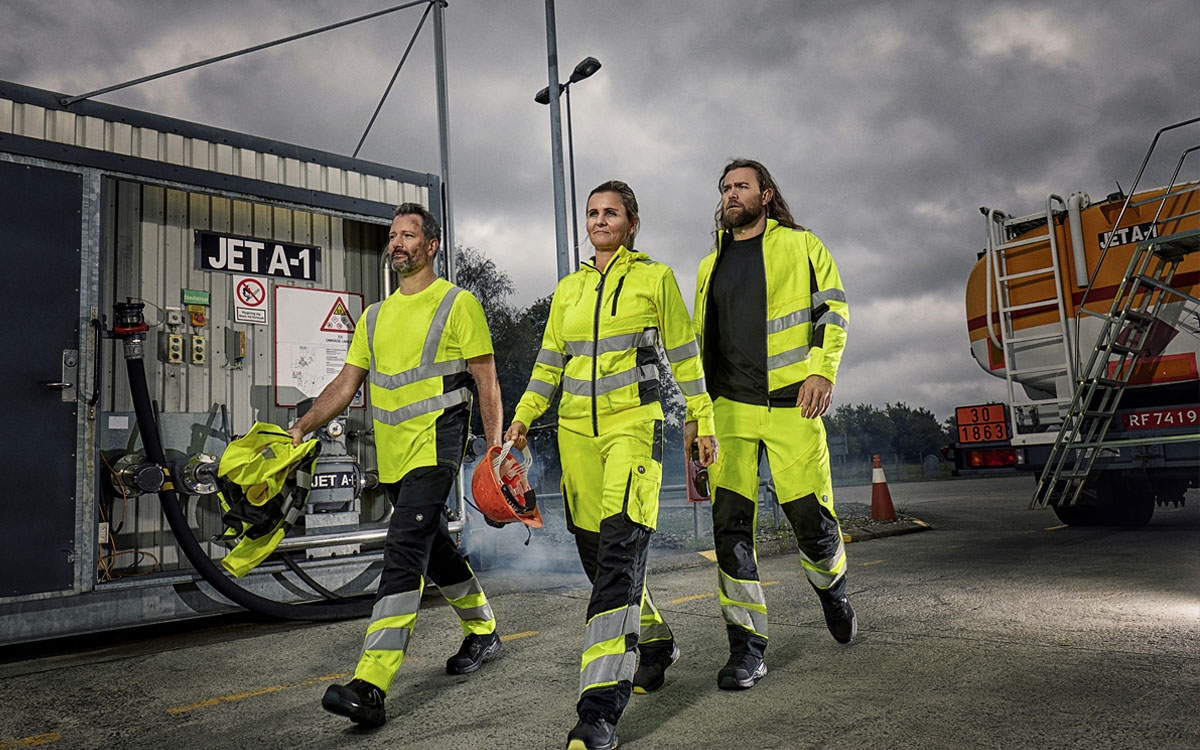No products in the basket.
Head Protection, Health & Safety, PPE
What Is The Difference Between EN 397 And EN 12492?
What is the difference between EN 397 and EN 12492? This is a common question when an organisation or team requires head protection and are confused by the different safety standards. EN 397 is the safety standard for industrial helmets and matches the risk related to construction sites or workplaces where a safety helmet is crucial. Meanwhile EN 12492 is the safety standard that describes the safety requirements and test methods for climbing helmets intended for mountain climbers.
Which Helmet Do I Need?
Ensuring you are wearing the correct type of head protection is crucially important as different types of helmets are tested to different safety requirements. “Many workers and health and safety officers mistakenly think that climbing helmets are suitable for wear on scaffolding, because if the helmets are hit by a falling object they are held on the head by the chinstrap. However, wearing these helmets can be dangerous. The chinstrap on industrial safety helmets is designed to break and the helmet to come off if the person should fall and become caught up by the helmet, causing less harm to the worker.” (source here)
All safety helmets must have the following information marked on them:
- European safety standard
- Manufacturer’s name
- Date stamp of manufacture
- Model number or name (on the helmet and the harness)
- Size range
- Shell material
What Are The Key Features Of EN 397
- Total ventilation area is less than 4cm2
- Chinstrap strength is less than 25kg to reduce the risk of strangulation of the helmet becomes snagged
- Impact force F ≤ 5 kN at 1m
- Flame resistance – stops burning 5 seconds after the flame is removed
- Penetration against molten metal splash – burns no longer than 5 seconds
What Are The Key Features Of EN 12492
- Total ventilation area is greater than 4cm2
- Chinstrap strength is greater than 50kg to reduce the risk of the helmet coming off in a fall
- Impact force F ≤ 10 kN at 2m
- Not flame resistance
- Not protection against molten metal splash
Both industrial helmets and mountaineering helmets are designed to provide protection against sharp objects and therefore are tested for penetration by sharp objects. Penetration tests on mountaineering helmets can be carried out on any point around the shell of the helmet but for EN 397 helmets, they are restricted to an area at the crown of the head.
The Importance Of The Chin Strap
If your health and safety policy requires a chin strap to be worn, you must ensure that the correct chin strap is worn with the correct type of safety helmet. It is imperative that the chin strap and safety helmet meet the same safety requirements.
Chin Strap for EN 12492 Climbing Helmet
EN 12492 compliant climbing helmets are equipped with a chin strap, so the helmet remains on the wearer’s head in the event of a fall. The chin strap must be able to withstand a load of 50kg for up to two minutes. It is important to note that this can cause strangulation when worn for industrial work, as the helmet could get caught in moving parts or stuck in scaffolding at a fall which could be fatal to the wearer.
Chin Strap For EN 397 Industrial Helmet
An EN 397 industrial helmet can be fitted with a chin strap but unlike a climbing helmet, it must break at a load between 15-25kg to prevent serious injury such a strangulation to the wearer. The helmet and harness can transfer a maximum force of 500kg to the neck when subjected to a drop of 1kg from a height of 1m.
The Importance Of Head Protection
Approximately 142 people are killed while at work every year in the UK, with the third leading cause of death related to those ‘struck by a moving object’. Head injuries are one such cause of this fatal injury type therefore, head protection remains an essential piece of personal protective equipment wherever there is a risk of sustaining a head injury while at work.
The HSE outlines standards for all forms of workwear and PPE, to ensure that workers are protected from serious or fatal injury depending on the nature of their work, and anything which has the potential to cause a head injury is no exception. The main EN safety standards that apply to safety helmets are EN 397 and EN 12492.
Innovation In Head Protection
JSP have developed the EVO®5 DualSwitch™ which is the first helmet which is fully certified to both EN397 and EN12492, with the ability to change between the two standards at the flick of a switch. This is a market first, delivering a helmet which can be used at ground level (EN 397) or at height (EN 12492). Universal attachment slots enable firm fitting of a range of Surefit™ safety visors and Sonis® ear defenders. Integrated eyewear is also available, a crucial element when working at height, where there is the opportunity for PPE to fall off. This Dualswitch™ technology is also available on the EVO® Vista® Safety Helmet Range which feature and integrated visor or face shield.
All of these products are available to purchase from Clad Safety and you can view our full range of head protection here.
We work with Procurement Managers, Health and Safety Managers and Buying Teams from large organisations across the Construction, Rail and Utilities sectors. Ensuring you and your team are wearing the correct head protection is of vital importance and we hope this guide has educated you on the difference between EN 397 and EN 12492.
If you require any advice on which type of helmet your employees require, please get in touch on 0800 161 3661 or email us at [email protected]





